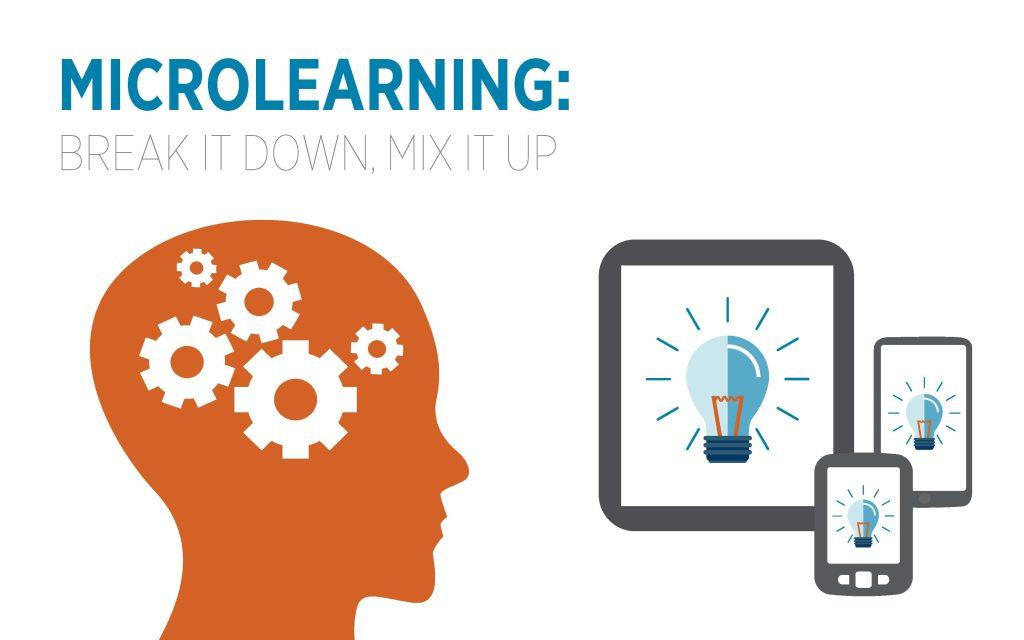Microlearning: How Bite-Sized Content Meets the Modern Learner’s Needs
The digital era has revolutionized not just the way we communicate and work, but also the manner in which we learn. As attention spans shrink and the pace of life accelerates, traditional learning models struggle to keep pace with the modern learner’s needs. Enter microlearning: a powerful, flexible, and highly effective educational strategy that delivers content in small, manageable pieces. In this article, we’ll delve into the world of microlearning, exploring its benefits, real-world applications, and how you can implement bite-sized content to empower today’s learners.
What is Microlearning?
Microlearning is an instructional approach that delivers educational content in small, focused bursts. Each unit, or “micro” lesson, targets a single learning objective and can be completed in just a few minutes.Unlike traditional eLearning,which often requires meaningful time investment and sustained attention,microlearning fits seamlessly into the learner’s daily routine—making education more accessible and less overwhelming.
Types of Microlearning Content
- Short videos and tutorials
- Interactive infographics
- Quizzes and flashcards
- Podcasts and audio snippets
- Mini-articles or blog posts
- Mobile learning apps
This approach leverages the way our brains naturally absorb information, aligning educational delivery with the demands and preferences of the modern learner.
Why Microlearning Works for Modern Learners
Today’s learners are bombarded with more information than ever before, and their attention spans reflect this constant influx. According to recent studies, the average attention span has dropped to just eight seconds. Microlearning directly addresses this challenge by:
- Reducing cognitive load. Learners can focus on one topic at a time without feeling overwhelmed.
- Enabling adaptability. Content can be accessed anytime, anywhere—perfect for busy professionals or students.
- Supporting just-in-time learning. Bite-sized lessons are ideal for on-the-job training and rapid skill acquisition.
- Boosting retention. Short, repetitive micro-units reinforce memory and improve long-term learning outcomes.
The Science Behind Microlearning
Microlearning aligns with principles of spaced repetition and active recall—both proven to deepen understanding and retention. By limiting content duration and focusing on a single concept, learners can revisit materials easily, fostering long-term knowledge retention.
Benefits of Microlearning
The impact of microlearning stretches far beyond mere convenience. Here’s why organizations and educational institutions are rapidly adopting this strategy:
1. Learner-Centric Approach
Microlearning puts the learner in control.With self-paced modules, individuals can choose when and how to engage, leading to higher motivation and satisfaction.
2. Increased Engagement
The use of varied multimedia formats—videos,quizzes,and infographics—caters to different learning styles and keeps users engaged.
3. Faster Development and Deployment
Creating micro-courses takes less time than traditional courses, enabling rapid response to emerging training needs.
4. Scalability and Cost-Effectiveness
Scalable across large organizations, microlearning reduces production costs while maximizing impact.
5. Enhanced Performance and ROI
Short, targeted lessons allow learners to apply knowledge promptly, closing performance gaps faster and boosting overall ROI for training initiatives.
Practical Tips for Microlearning Success
Considering integrating microlearning into your training or educational programs? Here are some best practices to ensure your bite-sized content meets its full potential:
- Define Clear Learning Objectives: Each micro-lesson should address a single,specific goal.
- Keep it Short and Sweet: Aim for lessons that can be completed in 3–7 minutes.
- Use Mixed Media: Incorporate videos, infographics, and quizzes to appeal to different learning styles.
- Promote Mobile Accessibility: Ensure your microlearning materials are optimized for smartphones and tablets.
- Encourage Spaced Repetition: Reinforce topics over time to improve retention.
- Measure Outcomes: Use analytics to track progress and adapt content based on learner performance.
Design Tip:
Keep your user interface clean and distraction-free. Utilize bullet points, concise instructions, and low-content density for maximum effectiveness.
Real-World Examples and Case Studies
Let’s look at how organizations and institutions have successfully leveraged microlearning to meet the modern learner’s needs:
Case Study 1: Employee Onboarding at a Tech Firm
A leading software company adopted microlearning modules for employee onboarding. Instead of half-day seminars, new hires accessed 5-minute video tutorials that could be watched during breaks. Results showed a 30% decrease in onboarding time and a significant increase in employee confidence.
Case Study 2: Healthcare Training via Mobile Learning Apps
A healthcare provider introduced microlearning thru a mobile app for ongoing staff education. Bite-sized quizzes and quick-reference guides enabled nurses and doctors to stay updated with the latest protocols, resulting in improved patient care and reduced errors.
first-Hand Experience: From Learner to Advocate
“As a busy professional, microlearning has fully changed how I stay ahead in my field. Instead of signing up for weekend courses, I tackle one new skill every morning with a 5-minute video or quiz. The progress is tangible, and I never feel overwhelmed!” — Emily, Marketing manager
Conclusion
In an age of information overload and shrinking attention spans, microlearning has emerged as a game-changer for both individuals and organizations.By delivering content in bite-sized, focused modules, microlearning not only caters to the busy lives of modern learners, but also leads to deeper engagement, higher retention, and more effective outcomes. Whether you’re an educator, business leader, or self-driven learner, integrating microlearning can revolutionize how knowledge is shared—and acquired.
Ready to start your microlearning journey? Design your first bite-sized course and experience the power of learning on your terms.

